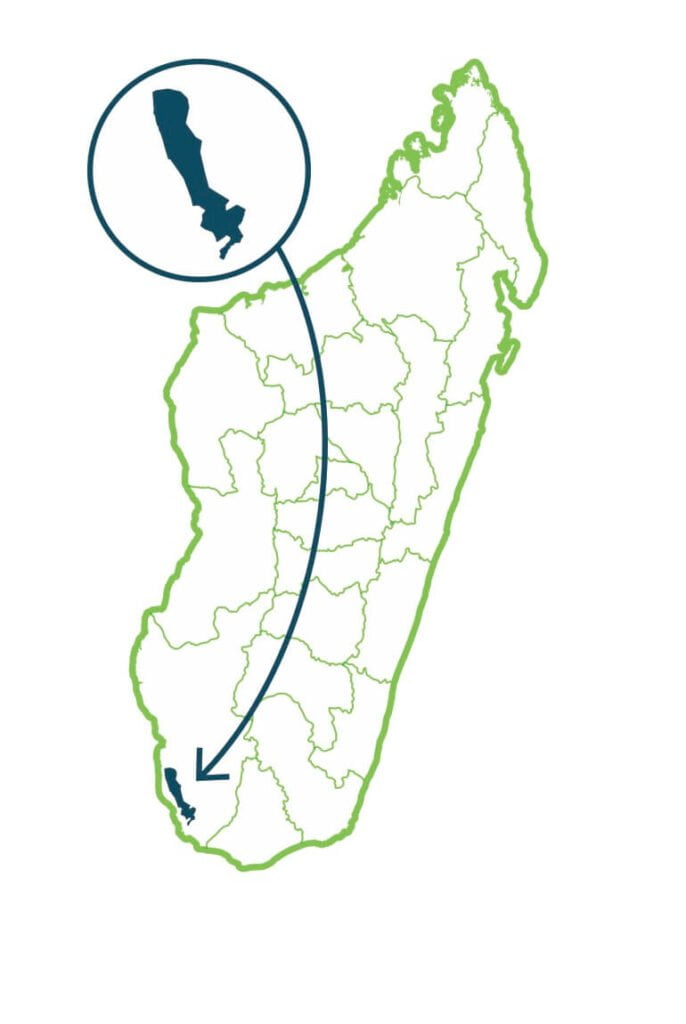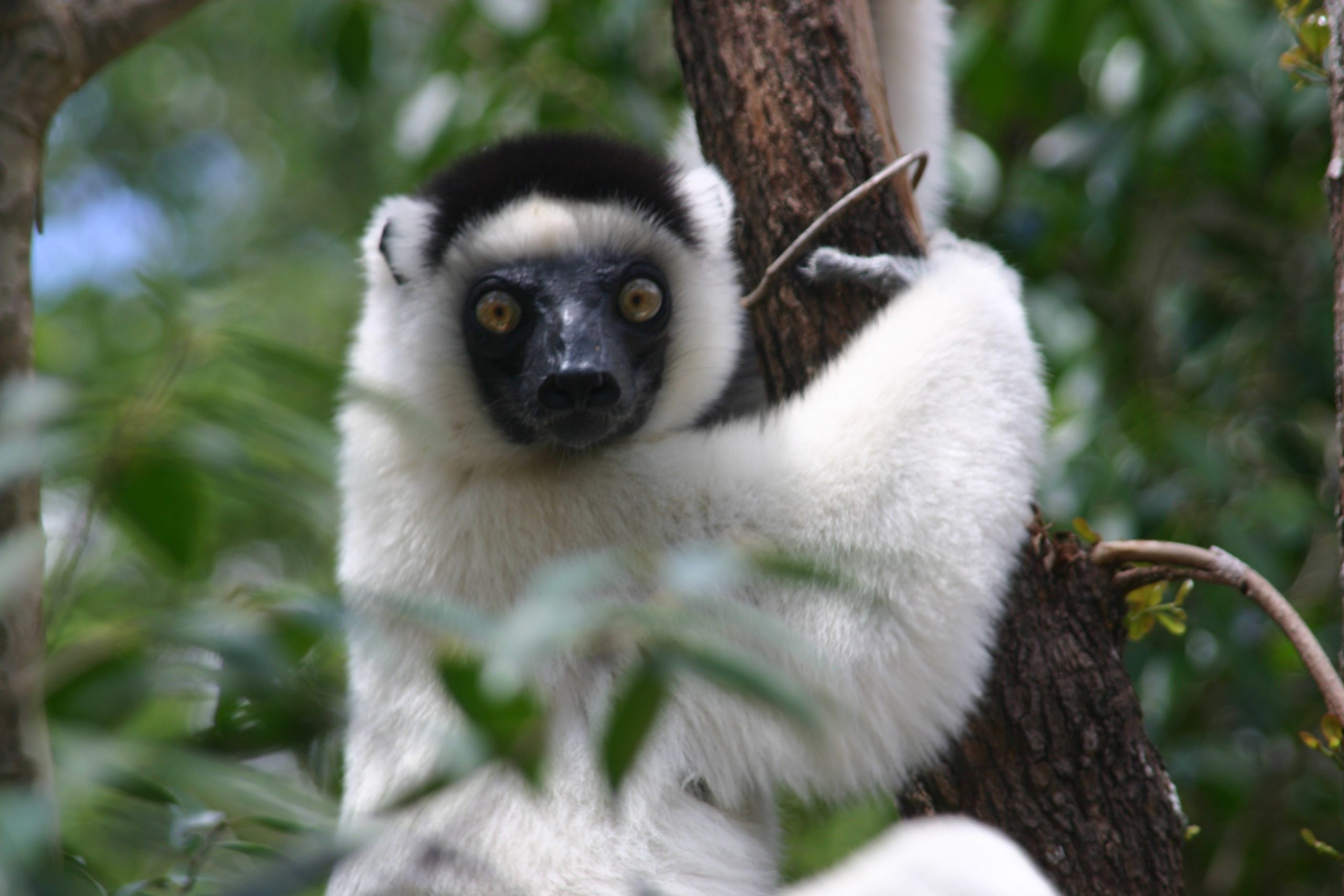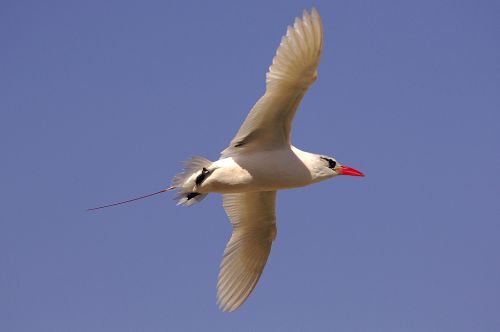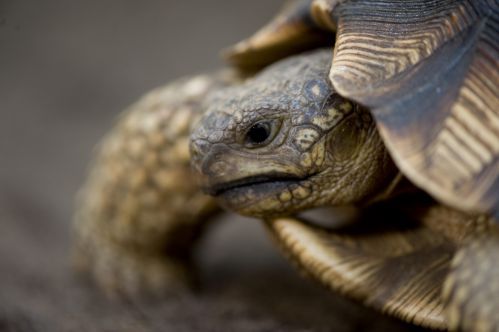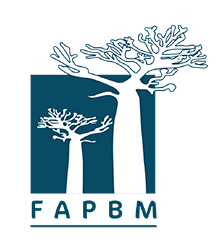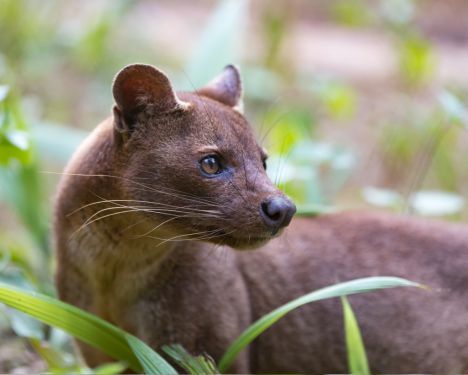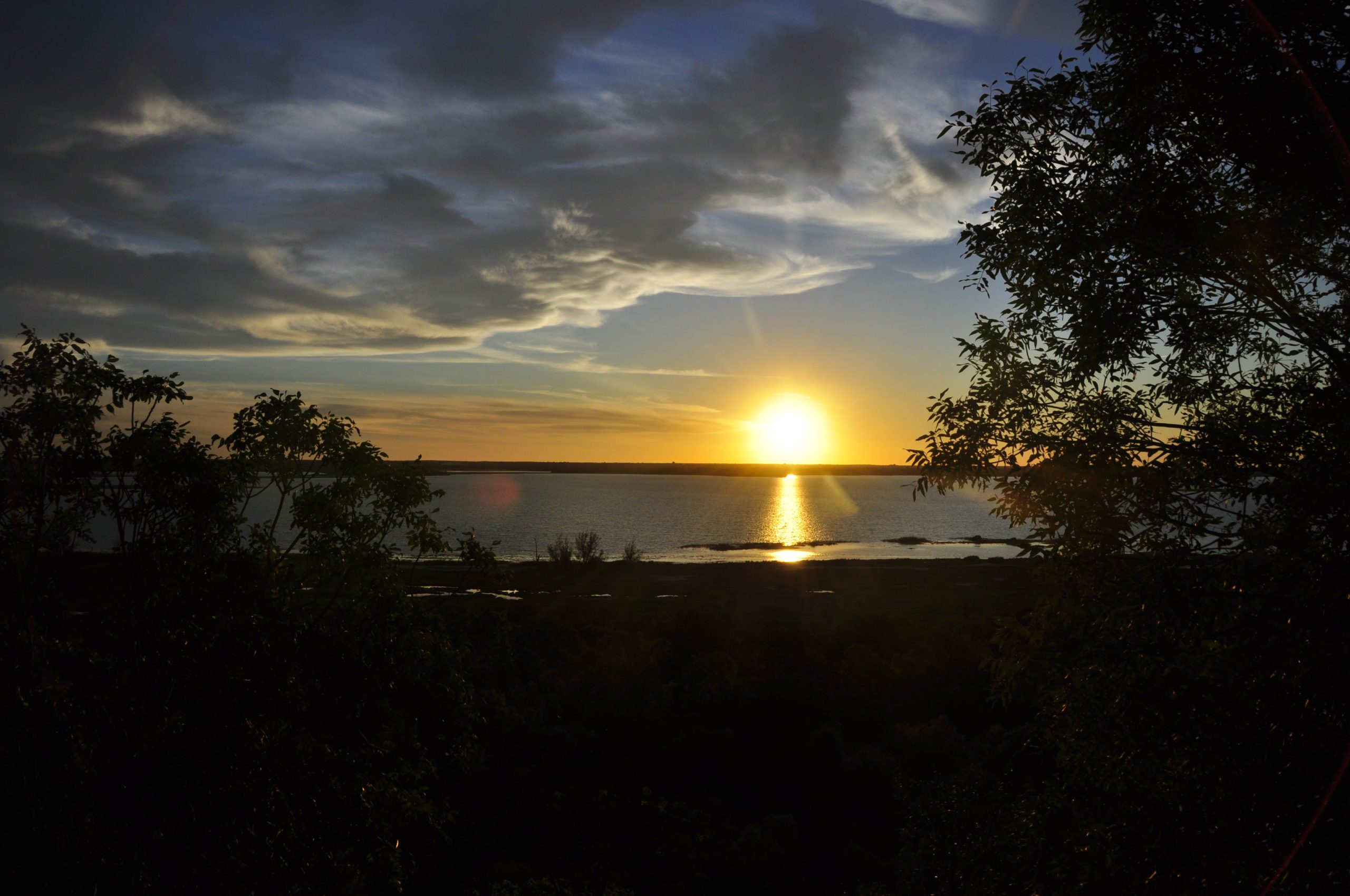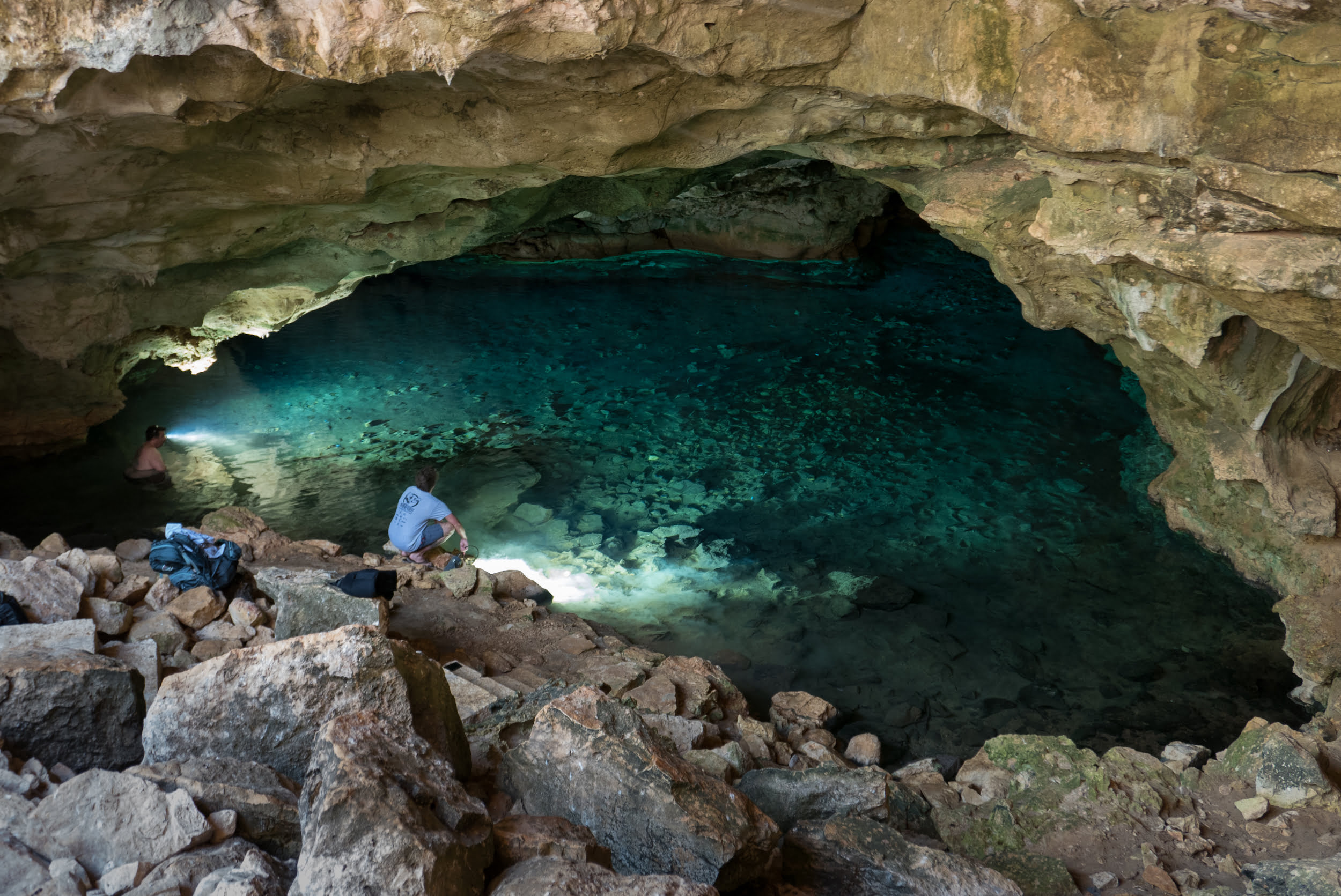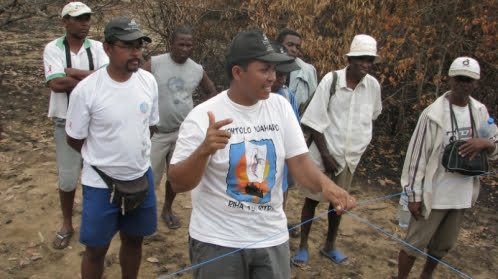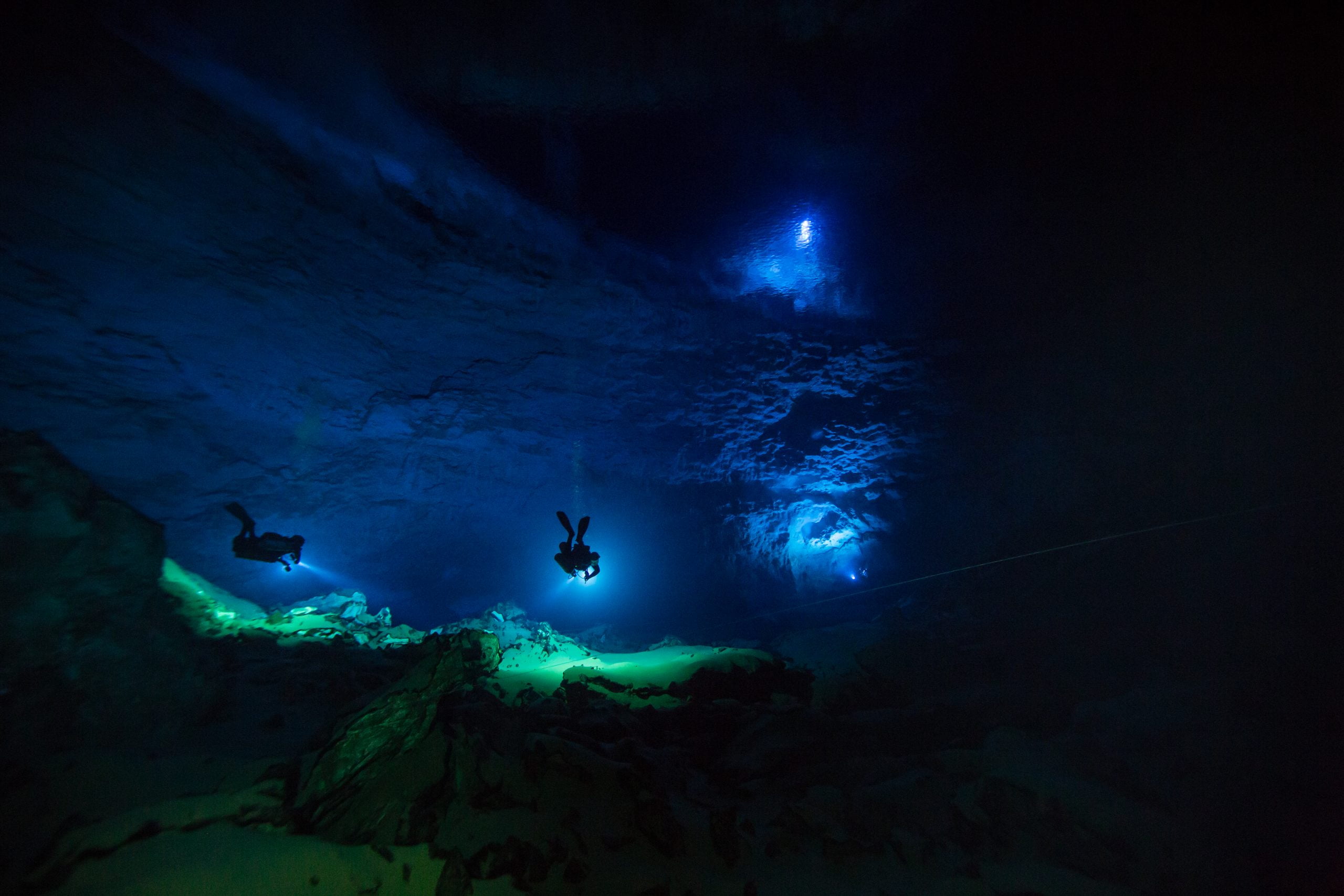Flagship Species
The Tsimanampetsotsa National Park consists of a spiny forest on the Mahafaly limestone plateau, a salt lake and several caves and avens.
The national park is considered a wetland of international importance, among the migration sites of flamingos and other water birds on the island.
The national park is best known as the home to the radiated turtoises (Astrochelys radiata).
